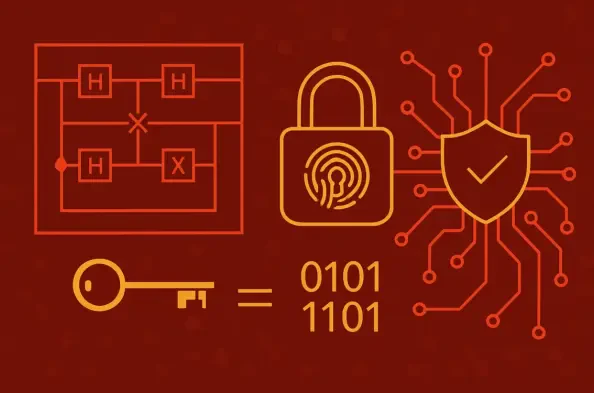The looming threat of quantum computers capable of breaking traditional cryptographic standards is causing a seismic shift in the world of cybersecurity. This shift necessitates the transition from conventional cryptographic algorithms like SHA-1 and MD5 to more resilient Post-Quantum Cryptography (PQC) algorithms. As companies worldwide navigate these changes to align with governmental mandates, the need for efficient compliance tools is more pressing than ever. Vincent Berg, the Chief Technology Officer at Anvil Secure, has addressed this critical demand with the creation of pqcscan—an open-source tool designed to identify PQC support in SSH and TLS servers. The development of pqcscan reflects a growing necessity for precision tools in an era when encryption standards are under impending transformation.
The Utility of pqcscan in PQC Compliance
Pqcscan is crafted specifically to support organizations in identifying their current cryptographic status with respect to PQC algorithms. Legacy systems and outdated algorithms have proven to be a significant obstacle for many companies striving to meet new standards, leading to the current demand for tools like pqcscan. Aimed at providing a targeted solution, pqcscan excels in determining server claims regarding PQC support with notable accuracy. Unlike more general-purpose tools, it’s exclusively built for precise validation, avoiding unnecessary complications. As a focused scanner, it is praised for enabling users to save results in JSON, which can be converted into elaborate HTML reports, presenting information in a format that’s both accessible and comprehensive. This specialized functionality stands to benefit IT departments, simplifying the adjustment needed to adhere to evolving PQC requirements.
Enhancements Tailored for Future Needs
With the cybersecurity landscape in flux, modifications and expansions are critical for a tool’s relevance and effectiveness. Pqcscan’s future trajectory is set to involve upgrades designed to handle more substantial workloads, enhancing its scalability across diverse environments. Planned features include enriched output options and refined scanning capabilities to bolster its current functional offering. Moreover, Vincent Berg intends to integrate companion tools for packet capture analysis, furnishing users with the capacity to discern live network connections that employ PQC algorithms. Such advancements point toward an evolving ecosystem where pqcscan serves as not just a compliance tool, but a comprehensive asset in inventorying and enhancing an organization’s cryptographic posture. These improvements would cater to the diverse and expanding needs of companies navigating the complexities of today’s cybersecurity demands.
A Timely Solution for an Evolving Challenge
Pqcscan is emerging as a timely remedy in the continuously changing cybersecurity landscape, designed for companies eager to address cryptographic vulnerabilities arising from quantum advancements. Its recognition as a critical tool mirrors the broader industry trend focused on protecting sensitive infrastructures from the expected surge in quantum computing power. By zeroing in on PQC compliance, pqcscan works alongside existing tools, which are slower to update, like nmap and Nessus. This focus allows pqcscan to fill a specific niche and demonstrates a commitment to keeping pace with international efforts to upgrade cryptographic security measures. It not only addresses present needs but also signifies a shift in the approach to cybersecurity tools, favoring more specialized, efficient solutions that anticipate future hazards. Consequently, pqcscan has cemented its role as a crucial element of global cybersecurity strategies. By identifying flaws in current systems and emphasizing the need for heightened cryptographic standards, it demonstrates a proactive stance in safeguarding digital assets.






